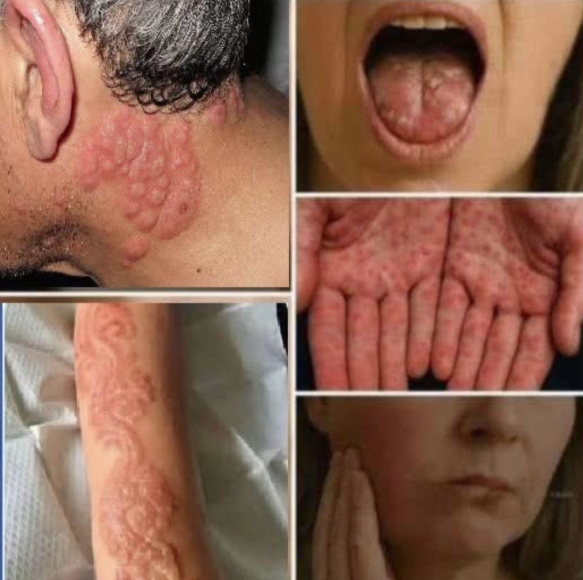
Understanding Oral (Mouth) Cancer: Risks, Signs, and Prevention
Key Insights from Indian Cancer Data and Clinical Practice:
Who’s Most at Risk?
- Most cases are diagnosed in individuals over the age of 40.
- Men are more commonly affected than women.
- This year alone, India has reported around 77,000 new cases of oral cancer and over 52,000 related deaths.
Why Early Detection Is Crucial
- Oral cancers are often found only after spreading to lymph nodes in the neck, which lowers survival rates.
- If caught early, the chances of a full recovery are significantly higher.
Common Sites Affected
- Lips
- Tongue
- Inner cheek (buccal mucosa)
- Gums
- Floor of the mouth and other lower oral areas
Warning Signs to Watch For
- Sores or ulcers that don’t heal
- Red, white, or mixed patches inside the mouth
- Unexplained lumps, bleeding, numbness, or difficulty chewing and swallowing
Prevention Tips
- Get a professional oral checkup at least twice a year—or sooner if symptoms appear.
- Avoid high-risk habits like smoking, chewing tobacco, excessive alcohol intake, and betel nut use.
- Use sun protection for your lips.
- Consider HPV vaccination where appropriate.
When to See a Specialist
- Any mouth lesion lasting more than two weeks should be examined by a dentist or a head-and-neck cancer specialist.
- Experts like Dr. Sajjan Rajpurohit, who specialize in oral cancers, offer in-depth evaluation and treatment plans that may include surgery, radiation, and/or chemotherapy depending on the stage and site of the cancer.
In Summary:
Oral cancer remains a serious public health issue in India. However, with regular dental checkups, awareness of warning signs, and early intervention from qualified specialists, survival rates can greatly improve. Stay informed, stay vigilant.


